What to plant next to a cabbage bed to protect it from pests and diseases
Not everyone manages to grow a good harvest of cabbage on the site, since a large number of pests are susceptible to it. Many, once disappointed, no longer risk planting this crop. However, if you know what is best to plant next to the cabbage, you can effortlessly not only naturally protect it from pests, but also improve the composition of the soil.
The mechanism of work of phytoncide plants
Each plant sends food olfactory signals to insects, which are captured by them using numerous receptors (sensilla). Guided by the search mechanism laid down by nature, they are guided by certain smells when choosing an object for eating or laying eggs. Cabbage actively attracts flies, butterflies, flea beetles and beetles that feed on it and breed. The main task in the fight against these pests is to plant such plants in order to drown out the receptors of parasitic insects, saturating the air next to garden crops with repellent substances. Moreover, this must be done simultaneously with the planting of seedlings.
If you have to defend cabbage from flying insects twice in the summer - during egg-laying periods (usually the end of May and the beginning of August), then from bedbugs, root lurkers, fleas, beetles and slugs it is necessary to protect the plant during the entire growing season. The most effective is the simultaneous planting of herbs and flowering phytoncide plants emitting biologically active substances.
Creating a natural defense against pests will require some effort only at the initial stage, but later you can get a number of pleasant bonuses:
- improving the taste of cabbage;
- decoration of the site throughout the season;
- the opportunity to stock up on your own seasonings and medicinal natural raw materials for the winter.
Healthy planting near cabbage beds will protect it regardless of weather conditions.
Flowers - protection against insects and soil health
The worst enemies of cabbage are the white butterfly and the miner moth. Their larvae are capable of causing irreparable damage in a short time. Marigolds (tagetes), ubiquitous bright flowers with a specific smell, are an effective natural repeller from the white woman and similar pests. If you plant them along the contour of the garden, as well as directly next to the cabbage, then the attractiveness of this place will be lost for butterflies and moths. Marigolds exude phytoncides both from the inflorescences and from the roots, scaring off aphids, whiteflies, bear, moths, protecting them from some fungi, as well as nematodes.
A number of colors have the same properties.
- Calendula, which can be planted once, and in subsequent years the plant is already capable of self-seeding.
- Tansy. The bush can grow in one place for several years. You should not plant it directly on the cabbage bed, since tansy has a depressing effect on its growth.
- Chamomile.
Nasturtium is also a phytoncide. But these flowers actively attract aphids, which ants often transfer to neighboring plants. Many people advise planting nasturtium around cabbage as an "interceptor" for whites and moths, but there is no guarantee that pests will be limited to it.
Of all the flowers suitable for protecting cabbage and other crops, marigolds are still the most popular.
Advice
For protection to be effective, care should be taken in advance about marigold seedlings... By the time the cabbage is planted, the flowers should be blooming and smelling.Tagetes springs up literally 3-4 days after sowing, grows quickly under favorable conditions, unpretentious. In a month and a half, you can grow decent bushes with buds, which need to be planted between rows and along the contour of the ridge.
Healthy neighborhood: herbs and vegetables
Some vegetables and herbs will not only help to cope with cabbage pests, but also form a mutually beneficial alliance with it.
If the garden is attacked by the larvae of scoops (thick, very voracious brown caterpillars, hiding in the ground at the base of the plants during the day), then next to the cabbage it is recommended plant dill, which improves the taste of heads of cabbage as a bonus. Dill also attracts entomophages - predatory insects and parasites that readily feed on live caterpillars, rapidly reducing their numbers.
The perennial spicy herb tarragon will save not only from the scoop, but also from the mining moth. If a large bush grows next to a garden bed, then the butterflies get disoriented and instinctively fly around it. It is enough to plant tarragon once for several years, but it is prone to overgrowth, so it is better to immediately protect the space around with a dug-in curb tape.
Sage and savory also effectively scare away whitefly, whitefly, and earthen beetles. And mint also dares the ants that love to spread aphids from the garden.
It is useful to plant tomato bushes around the cabbage bed. These odorous plants create a kind of protective halo around themselves, through which cruciferous pests do not pass. This property of tomatoes was discovered a long time ago and is actively used by many summer residents: after pinching, tomato branches are laid out in the aisles of cabbage, radishes, radishes. However, soon after wilting, they lose their abilities, so it is easier to plant several bushes nearby. Moreover, even if the weather does not allow the harvest to ripen, the tomatoes will perform their protective function properly.
Advice
Not all cabbage varieties grow well in the neighborhood of tomatoes, so they can be planted along the contour, alternating with marigolds according to the approximate scheme "1 through 5".
Cabbage gets along well with all types of lettuce, which not only do not compete with it for nutrients, but also stimulate root formation and protect against earthen fleas.
Slugs also love to feast on cabbage, especially the young leaves. However, these creatures are very gentle and prefer to stay away from traumatic surfaces. This helps to protect plants by creating a mechanical barrier. If you plant cucumber grass (borage) with hard, fleecy leaves along the contour of the garden, then slugs and snails will not encroach on cabbage. They also dislike the smell of garlic, sage, chicory, onion and rosemary. If you plant these plants along the borders of the cabbage bed, you can protect the seedlings from damage.
Bad neighbors
Sometimes, without knowing it, gardeners attract pests by placing unwanted plants next to cabbage. These include celery. This grass scares off earthen midges, but at the same time actively lures the cabbage butterfly.
Plants such as:
- carrot;
- caraway;
- parsnip;
- turnip;
- radish.
The aforementioned cultures attract whitewater butterflies and miner moths, whose caterpillars then actively eat cabbage.
Each plant synthesizes its substances, which saturates not only the air, but also the soil around itself, therefore, when planting different crops together, the nuances of such a neighborhood should be taken into account. Cabbage grows poorly next to levkoy, parsley, bush beans, garden strawberries.
It is also important to consider the different moisture requirements. For example, spinach should not be planted nearby as it requires significantly more water than kale. As a result, the root fungus will develop, the inhibition of the formation of heads of cabbage will begin.
Each plant has its own set of nutrients.Cabbage needs a lot of nitrogen; tomatoes, onions, celery also love it. But radishes, nasturtium and greens of this element do not need much, so they can be planted along the contour of the beds.
White cabbage and cauliflower do not get along side by side, the yield of both types is falling. Each needs its own bed, preferably at a distance of at least a meter. Dislikes cauliflower and broccoli. Brussels is more tolerant, but tomatoes should not grow nearby with it.
Fennel is an extremely aggressive plant and should not be planted with cabbage or other vegetables.
Joint planting (mixed beds), provided that the crops are correctly selected, help gardeners to rationally use the usable area, while improving yield indicators.
Cabbage usually grows well, without requiring special conditions and careful care. Its main enemy is pests. Not all summer residents have the opportunity to regularly process plantings, collect caterpillars and beetles, so you can use the help of nature - plant phytoncide plants next to the garden bed and in the aisles of permanent responsible "watchmen". Although they do not give an absolute guarantee of getting rid of enemy insects, their contribution is very significant.
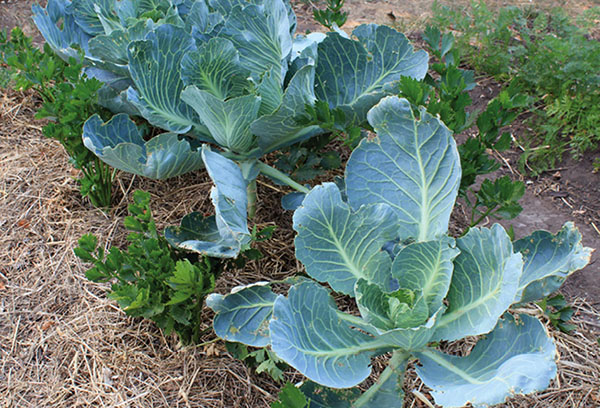
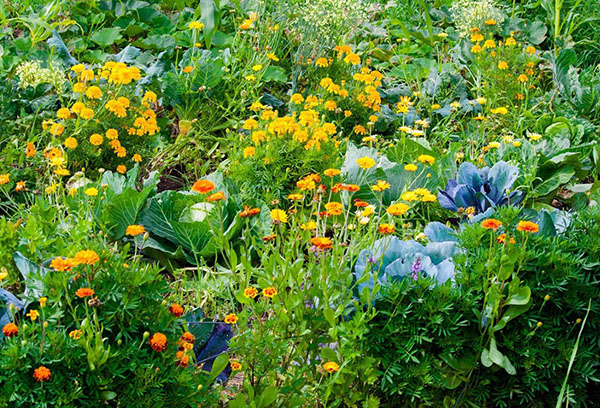
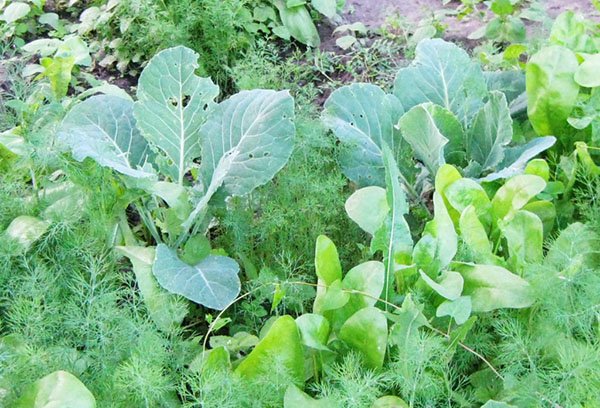
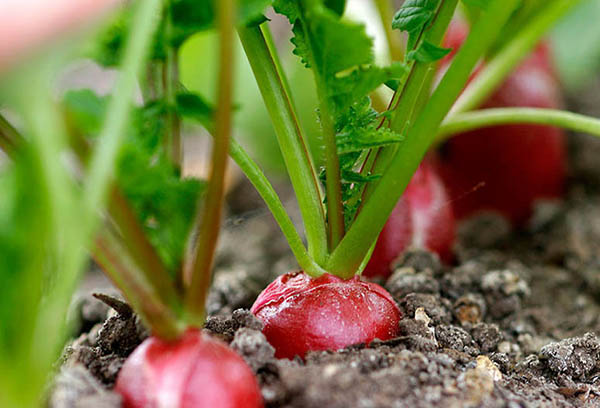
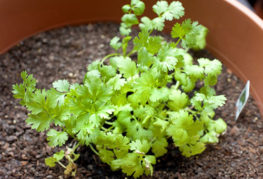
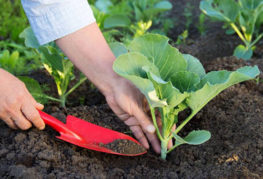
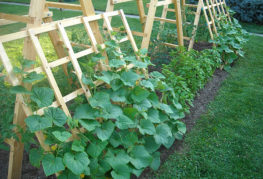

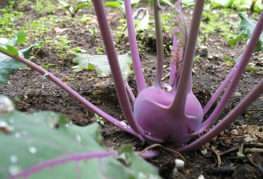
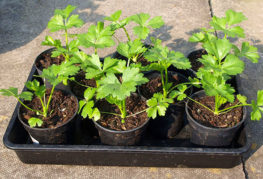
and will be published shortly.